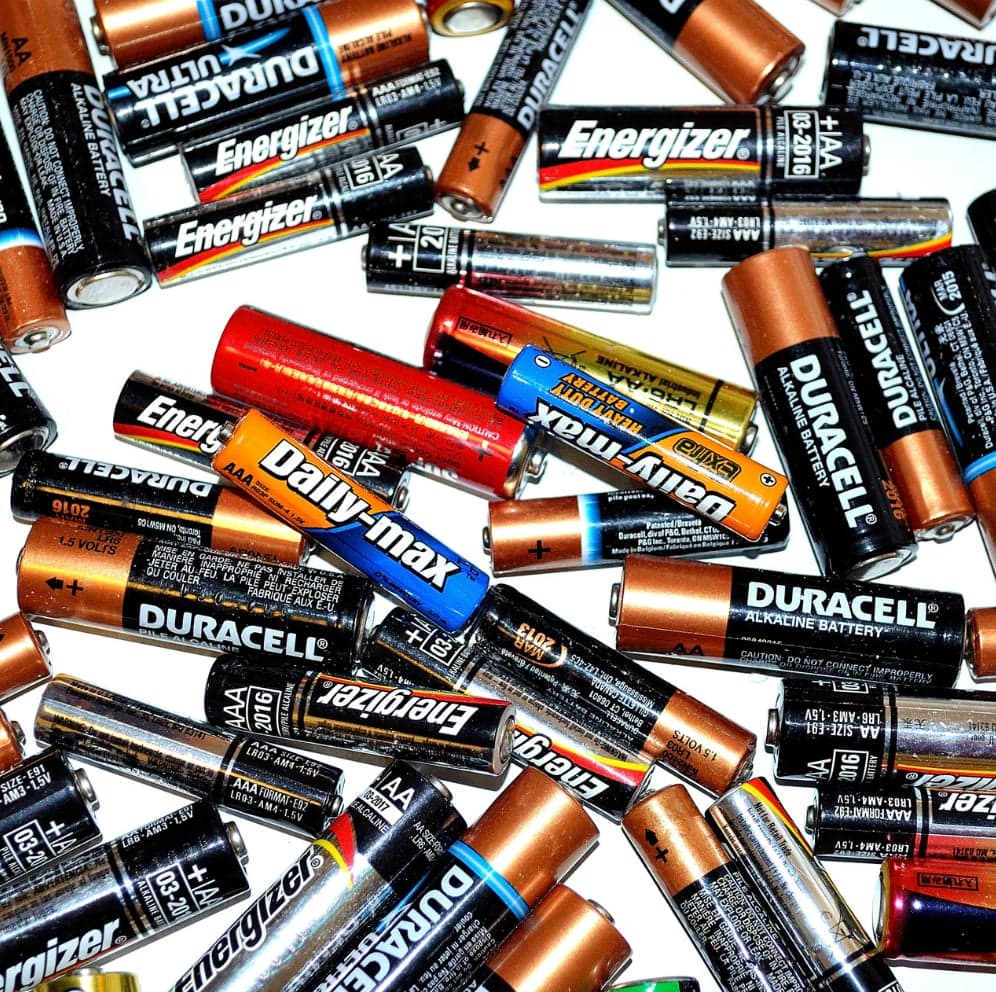Published:
This winter, Australia gave life to business extraordinaire Elon Musk’s mega-battery, changing the scope of energy production as we know it. The battery is the size of an American football field and powers 30,000 homes in Southern Australia and was built in the Tesla founder’s guaranteed 100-day time frame. On the heels of his accomplishment, Musk has announced another mega-battery to be built, putting on full display the growing market of batteries as the future of society’s power source.
According to Freedonia Group, the world demand for batteries is projected to grow 7.7 percent in the next year, expanding from the 2015 value of $83 billion all the way to a $120 billion market by 2019. This growth stems from a trend in electric powered vehicles—led by China and the US, who accounted for 336 and 159 thousand electric vehicle sales in 2016, according to EIA. The need for a clean, renewable energy source also contributes to the development of the industry—using batteries in replace of fossil fuels is cheaper, more eco-friendly, more available, and is even starting to become more efficient. These characteristics are specifically found in secondary batteries—batteries that can be used multiple times or recharged compared to primary batteries that are only used once. Secondary batteries such as lithium ion and lithium metal batteries are being introduced as high powered alternatives to their traditional counterparts that are safer and more efficient, and Global Market Insights predicts the lithium sector to be worth over $60 billion by 2024. The Japan market alone is expected to grow eight percent in this sector by 2024, which is a good sign considering its 237 percent increase in lithium-ion cell manufacturing capacity.
The countless opportunities for growth in the battery market paired with some of the world’s most renowned innovators investing time into its improvement will certainly yield tremendous results in the coming years. This seems to be one of the most attractive topics across the globe, and many people might soon experience the benefits of improved energy sources.
File under






